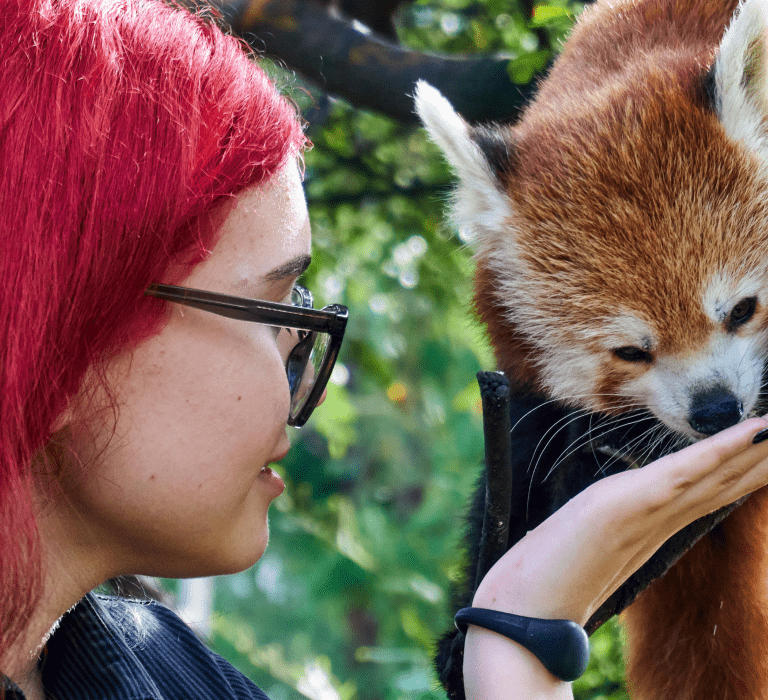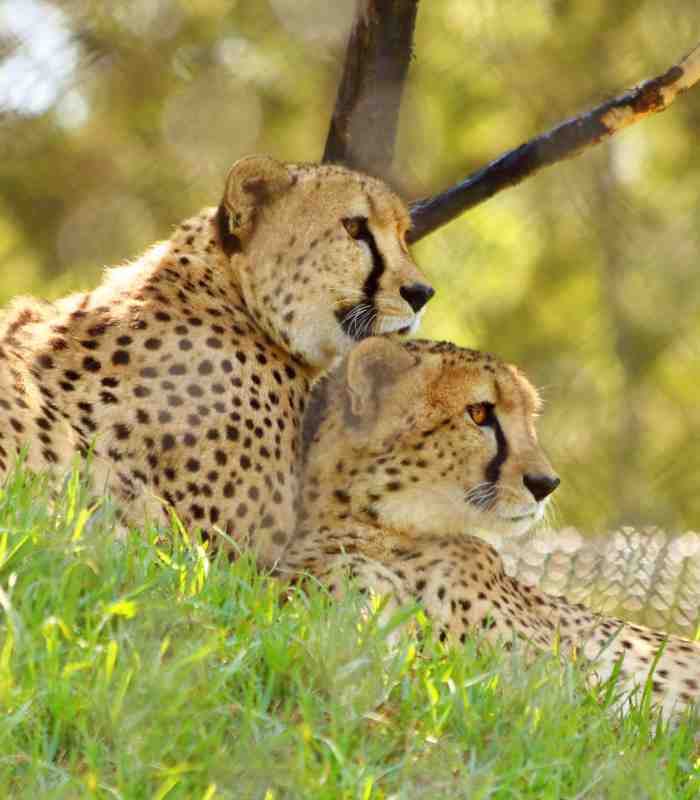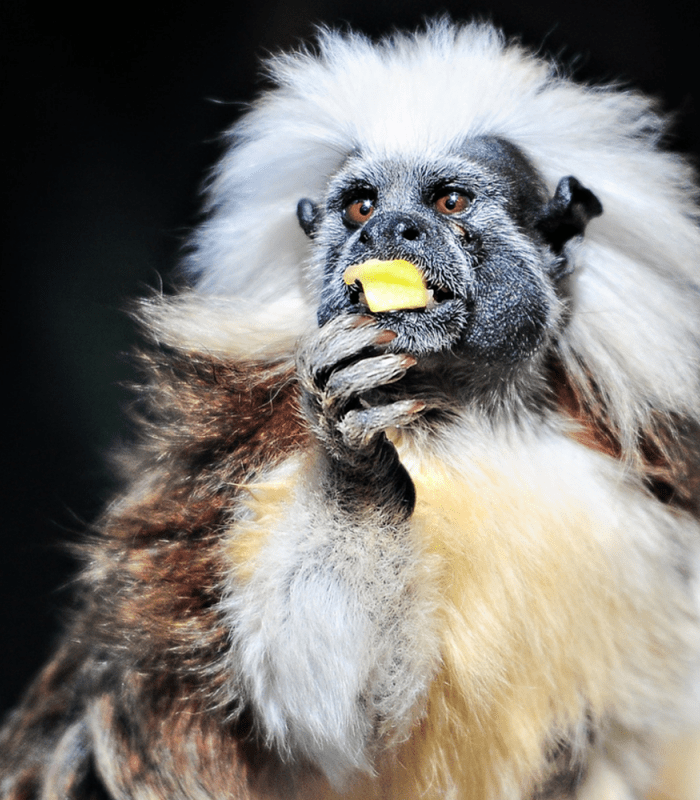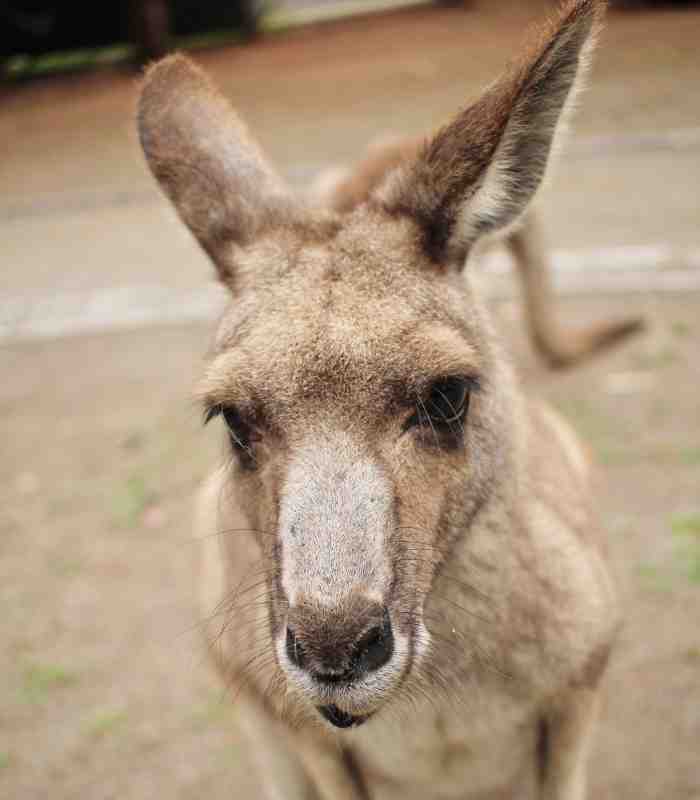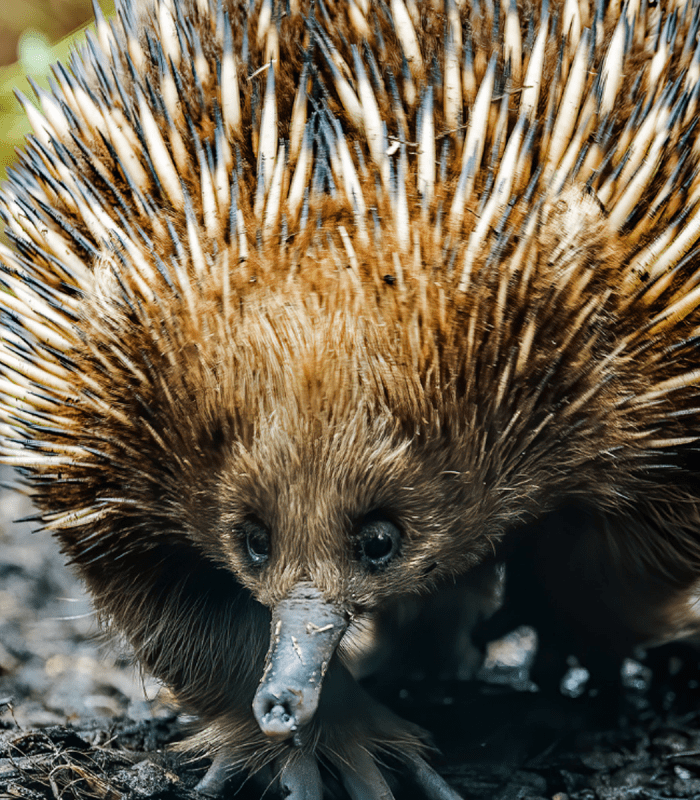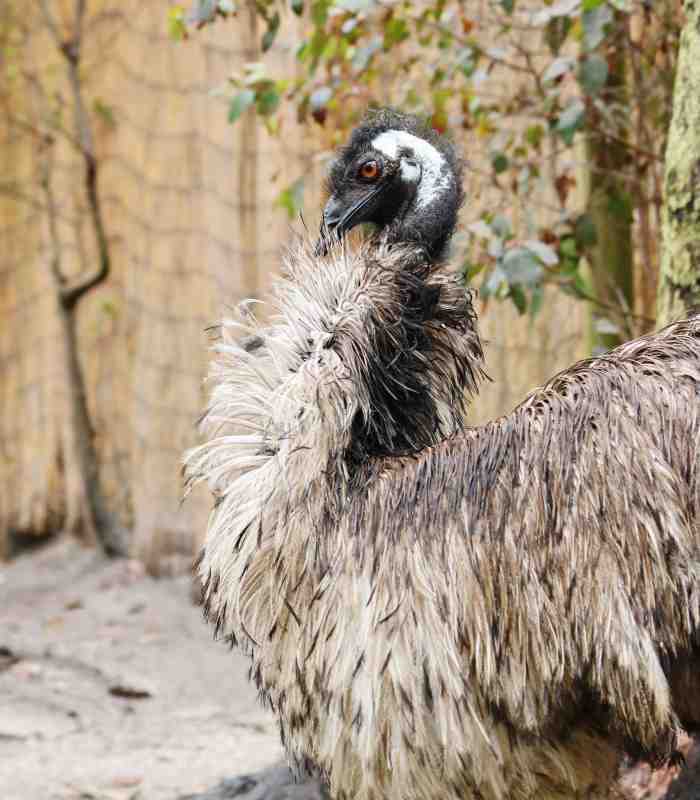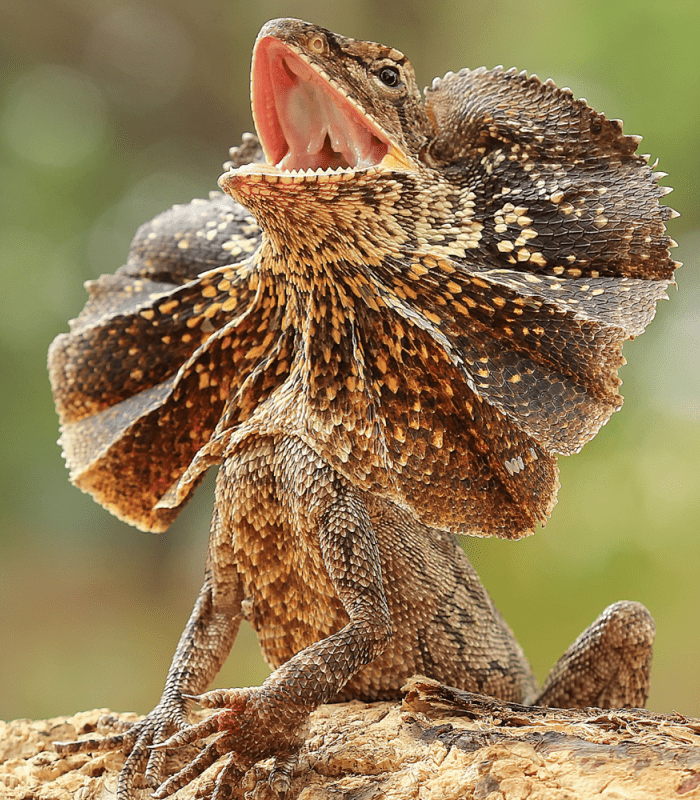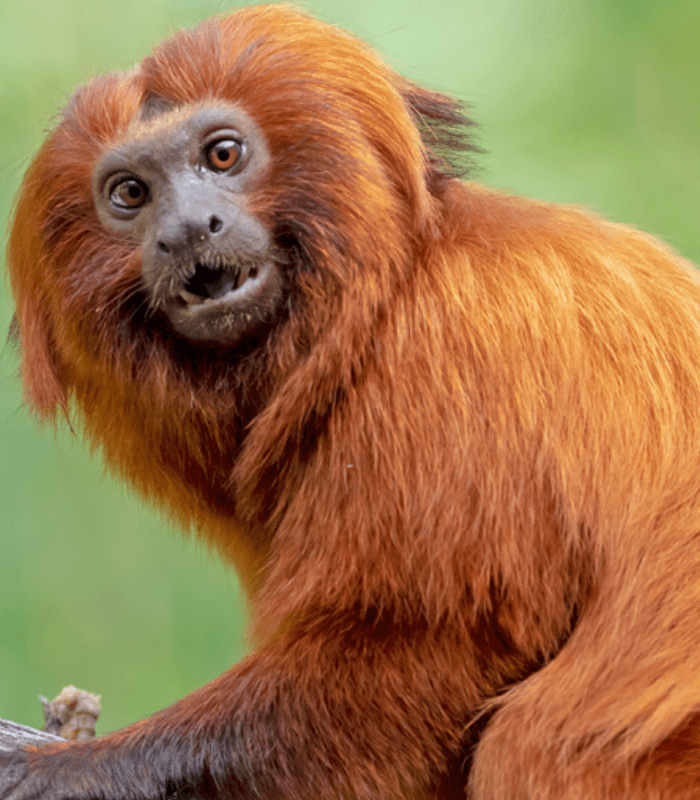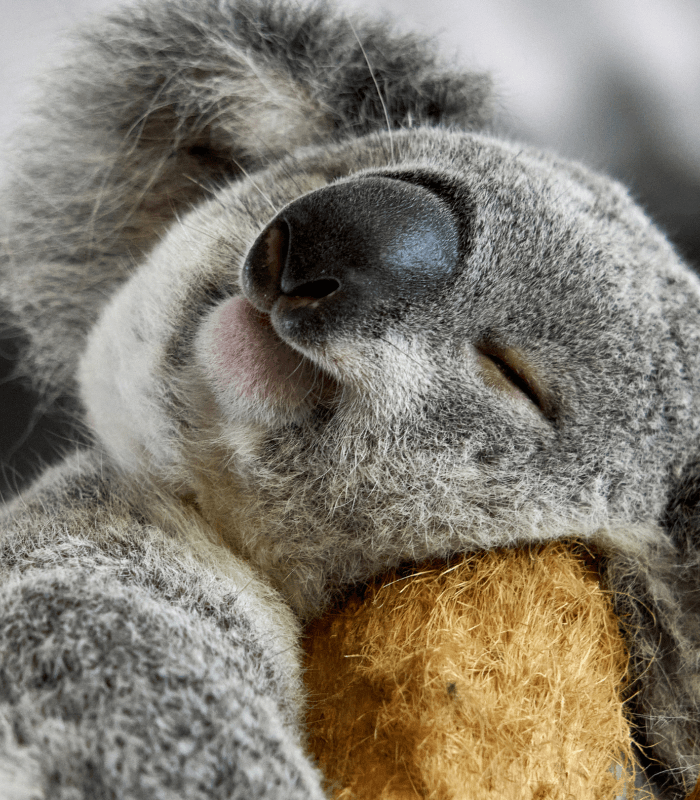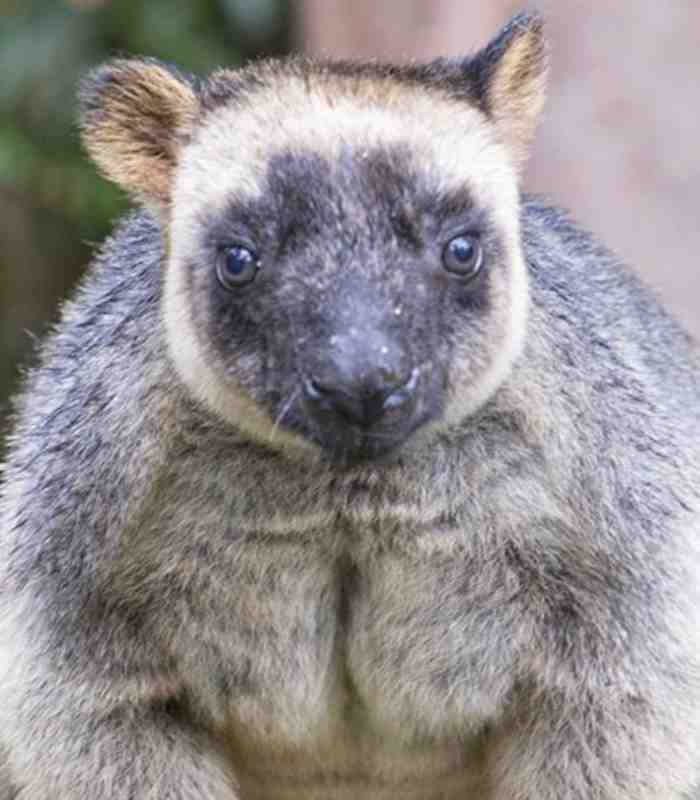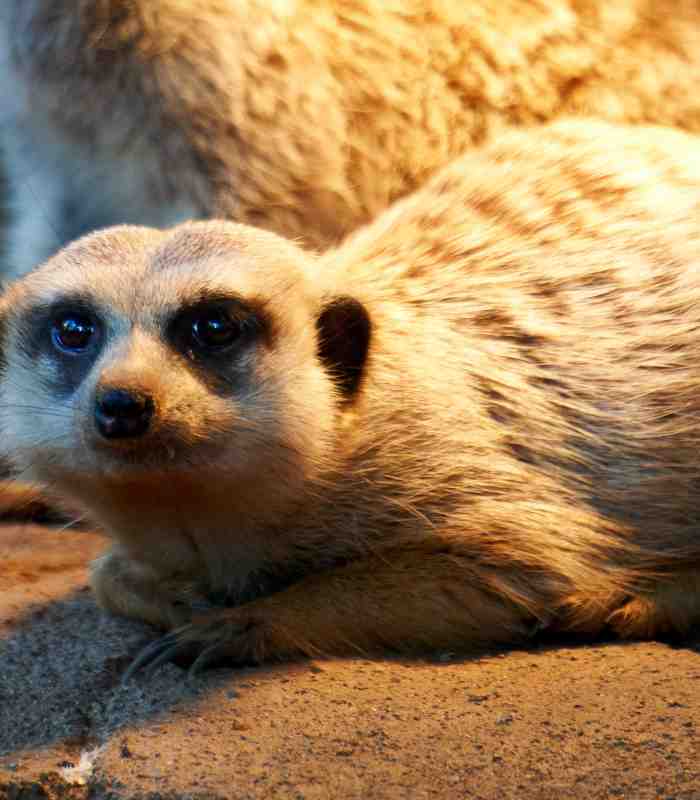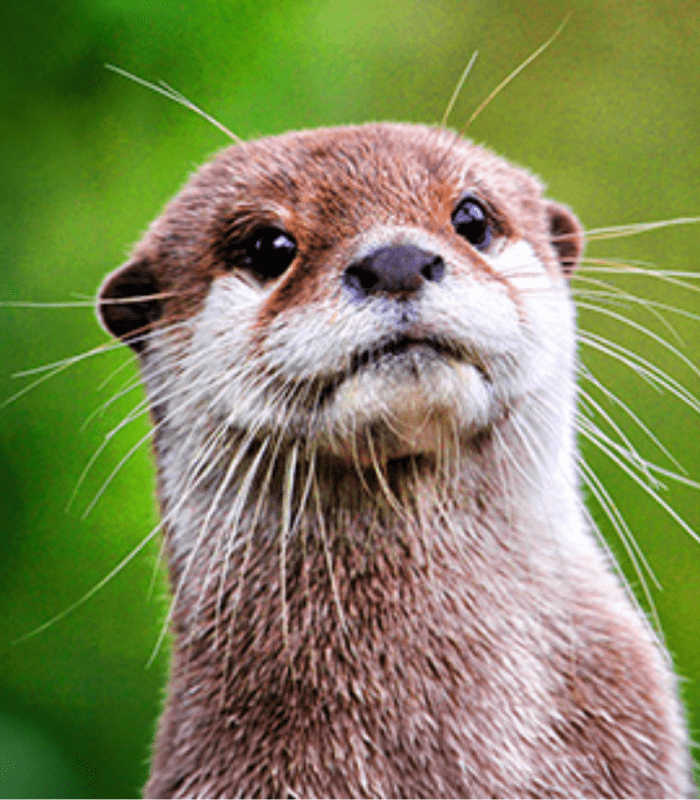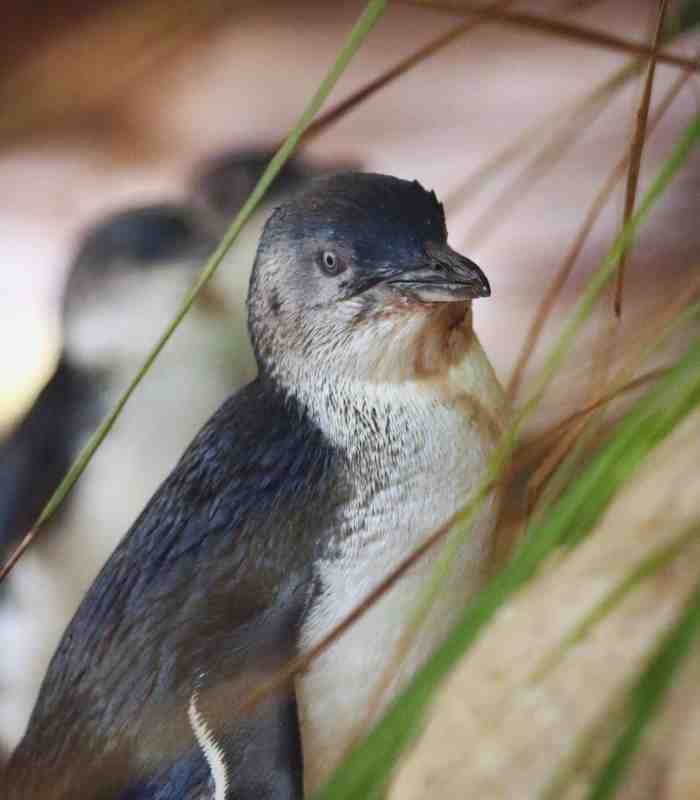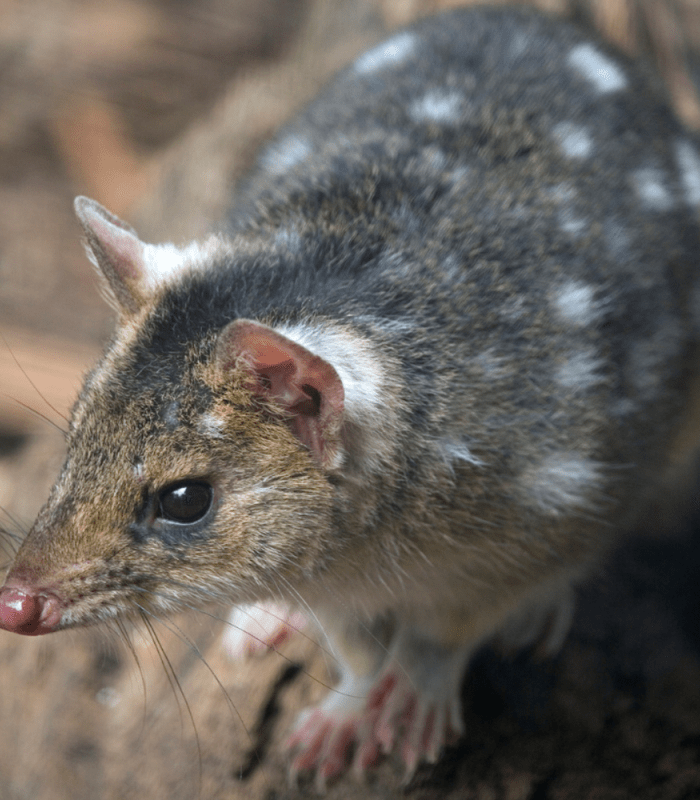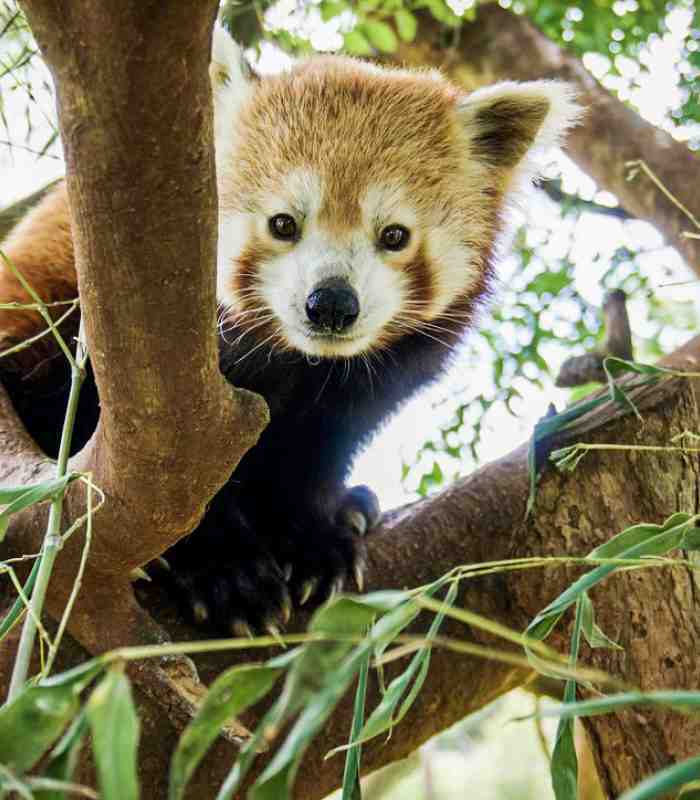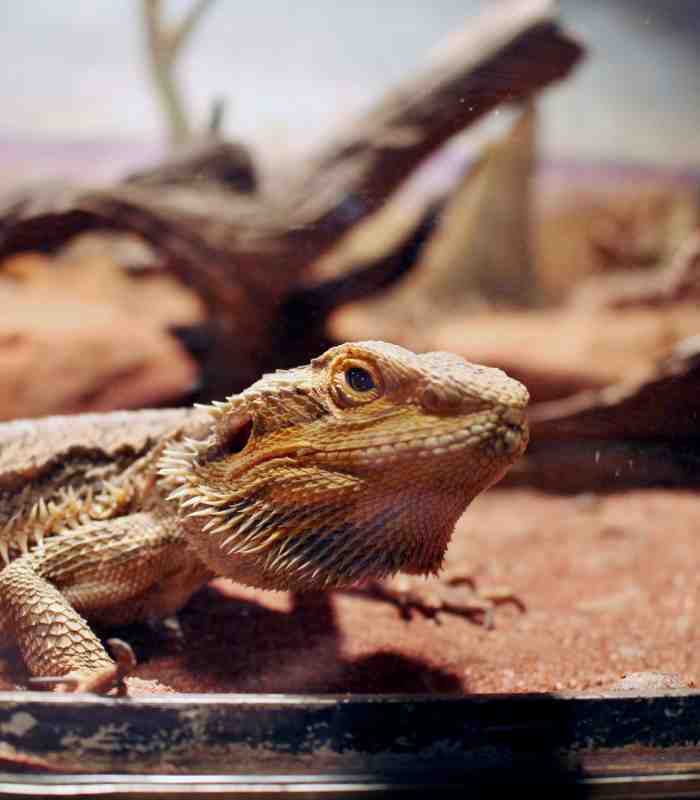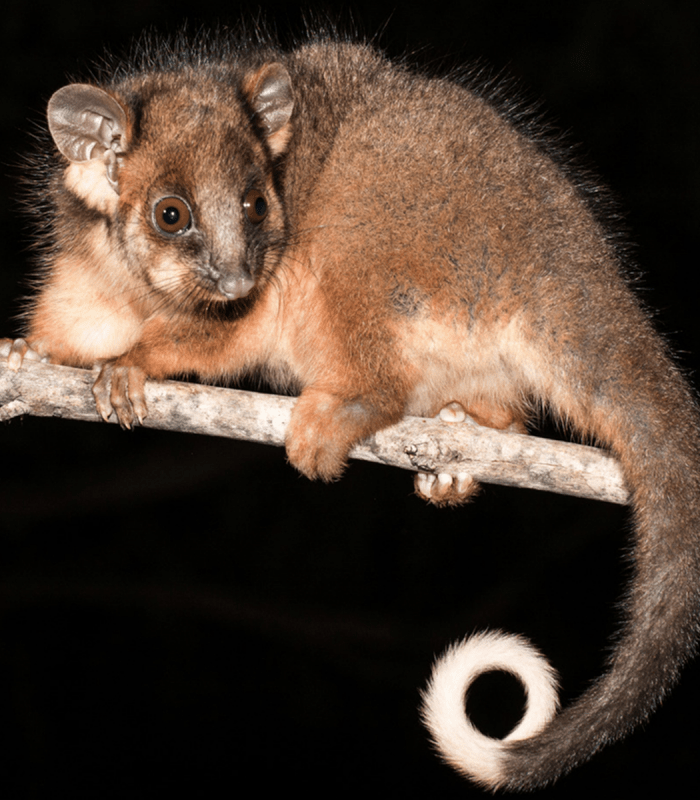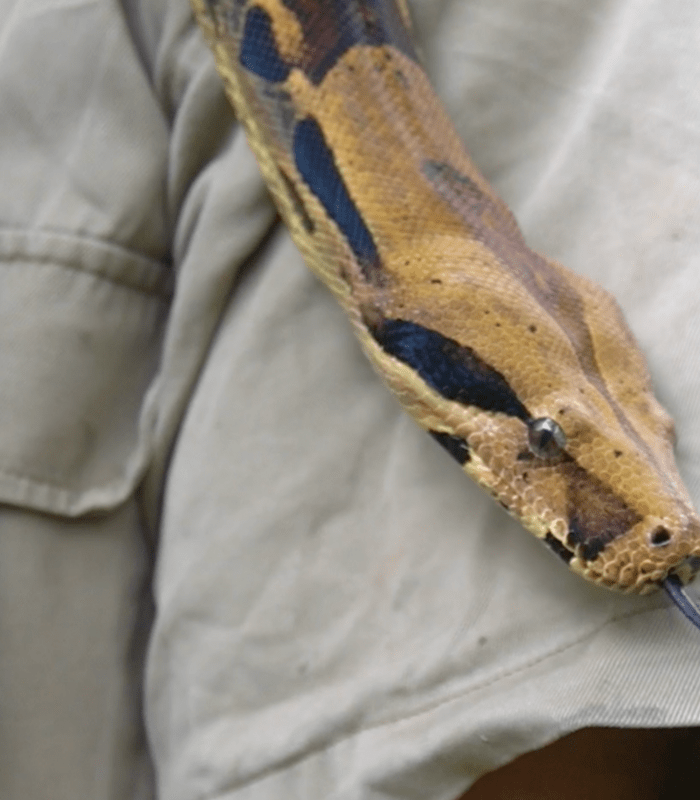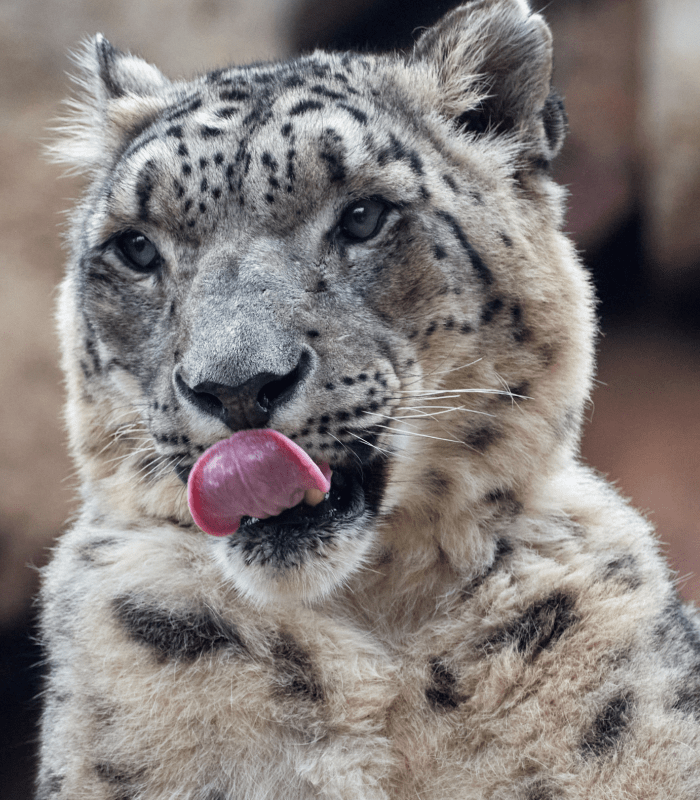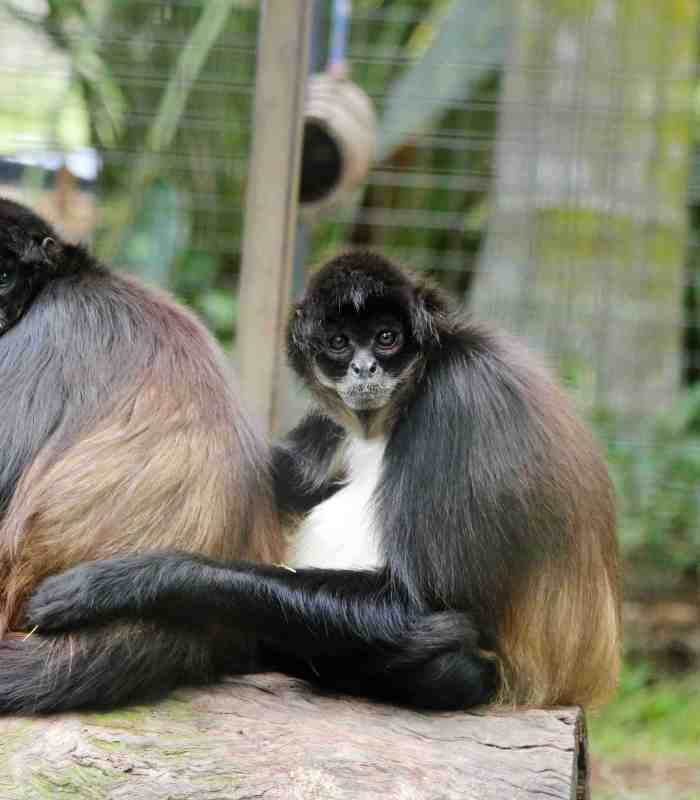Canis lupus dingo
The Dingo species originated in SE Asia and although populations remain abundant in Australia the proportion of pure dingoes is declining through breeding with domestic dogs. Dingoes were introduced to Australia some 3,500 - 4,500 years ago. The ‘standard’ coat colour is sandy or orange with white feet. Dingoes rarely bark, they tend to howl, particularly at night, in an effort to attract pack members or to ward off intruders.
Distribution and habitat
In Australia, pure Dingoes are common in northern, north-western and central regions, rare in southern and north-eastern regions. They can live in a wide range of habitats found on the Australian mainland. Their preference is woodland and grassland areas that extend to the edge of forests.
Diet
Dingoes are opportunistic carnivores. Mammals form the main part of their diet especially rabbits, kangaroos, wallabies and wombats. Scavenging at night, the Dingo is a solitary hunter but will form larger packs when hunting bigger game.
Life expectancy and breeding
Pure Dingoes will breed between March and June. The gestation period is approximately 9 weeks with litters of 4 to 6 pups. The dingo pack help in the rearing of pups which are weaned at about 2 months, at which time the pups may be abandoned or can stay with the parents for up to a year. Dingo pups are fully grown by 7 months. They live between 5-7 years in the wild (10-12 years in captivity).
Conservation status
VULNERABLE (IUCN Red List of Threatened Species).
Billabong Supports
The Australian Dingo Conservation Association Inc. was established in 1992 as a non-profit organisation dedicated to: protect and conserve the Australian Dingo.

